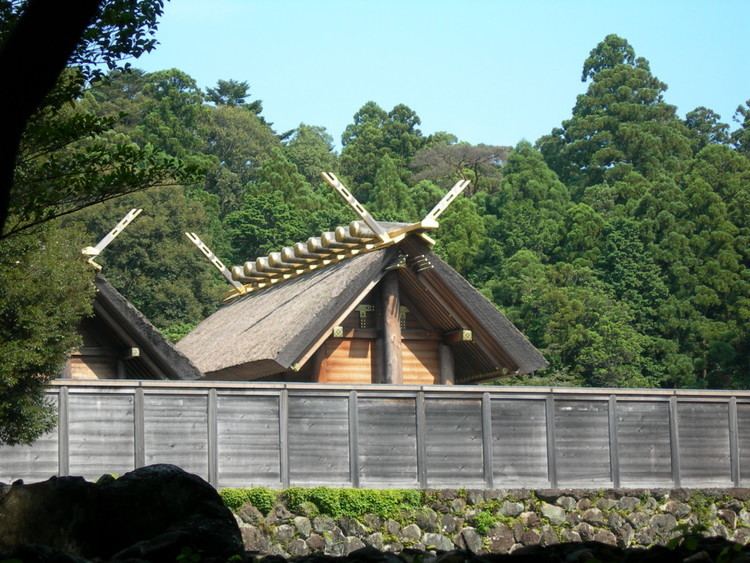645–650 Taika 686–686 Shuchō 704–708 Keiun | 650–654 Hakuchi 701–704 Taihō 708–715 Wadō | |
 | ||
Enkyō (延慶), also romanized as Enkei, was a Japanese era name (年号,, nengō,, lit. "year name") after Tokuji and before Ōchō. This period spanned the years from October 1308 through April 1311. The reigning emperor was Hanazono-tennō (花園天皇).
Contents
Change of era
Events of the Enkyō era
Initially, former-Emperor Fushimi administered the court up through the time he took the tonsure as a Buddhist monk, which happened after this nengō ended.
References
Enkyō (Kamakura period) Wikipedia(Text) CC BY-SA
